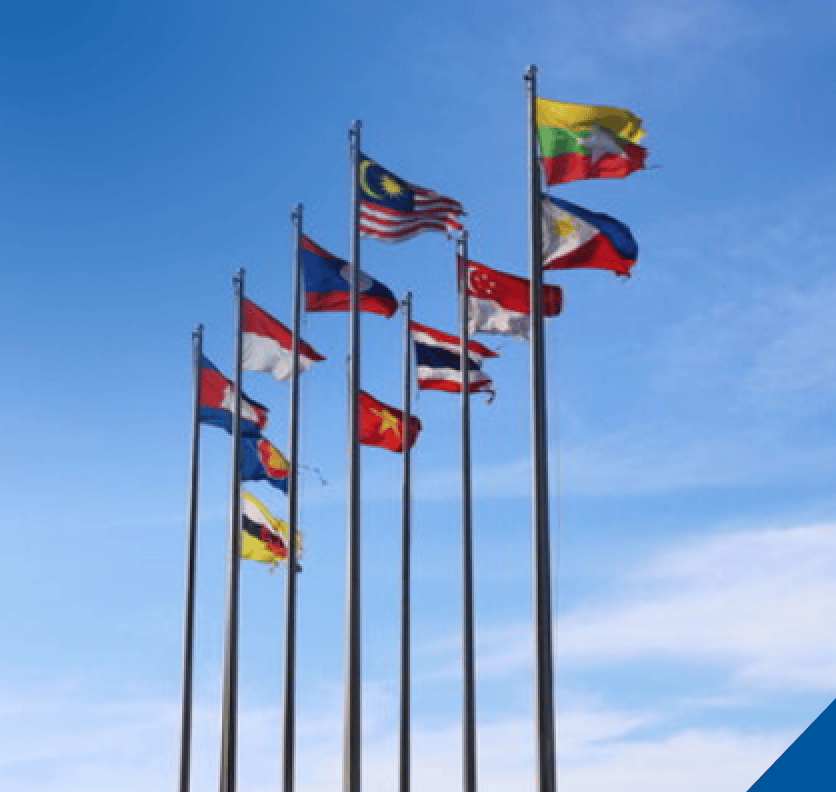ASEAN’s Emerging Mission for a Low Carbon Energy Transition

Timelines are of vital importance to the transition to a low-carbon economy. Many countries have energy and climate goals from 2025 to 2030 and beyond 2040 and 2050. Therefore, a key issue is clearly how investment in the energy sector will happen and be managed over these time periods. Further, it is necessary that this investment contributes to justice in the energy sector, i.e. that the investment results in ‘just’ outcomes for society.
The Importance of Triple Helix Energy & Climate Change Forum through AICEE

Prior the 1st ASEAN International Conference on Energy and Environment (1st AICEE) on 15 September 2021, we interviewed Dr. Andy Tirta, Manager of Energy Modelling and Policy Planning Department in ACE as well as the Conference Chair of AICEE to further understand the conference and its role as the platform for Academics, Government, and Industry on energy sector.
Hydrogen in ASEAN: Economic Prospects, Development, and Applications

Fossil energy is the principal source of the current and future energy supply for the Association of Southeast Asian Nations (ASEAN). More than three quarters of ASEAN’s total energy consumption is expected to be met by fossil fuels till 2040. The ASEAN region is rich in coal resources and according to the Baseline Scenario profiled in the 6th ASEAN Energy Outlook, coal fired power plants(CFPPs) are expected to generate 3,123 terra-watt hours of electricity, accounting for 25.7% of total electricity production in 2040.











